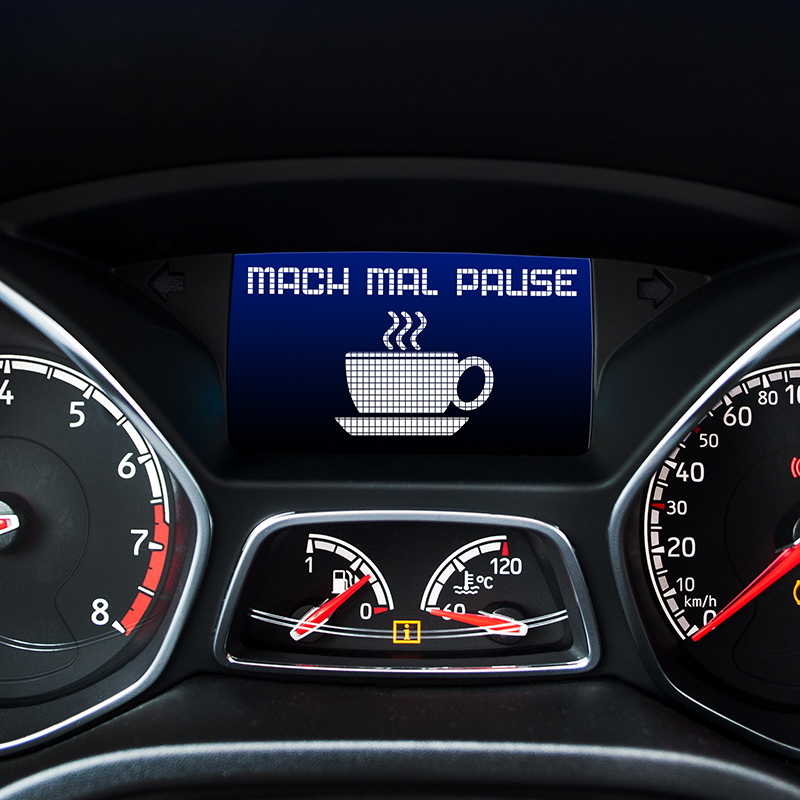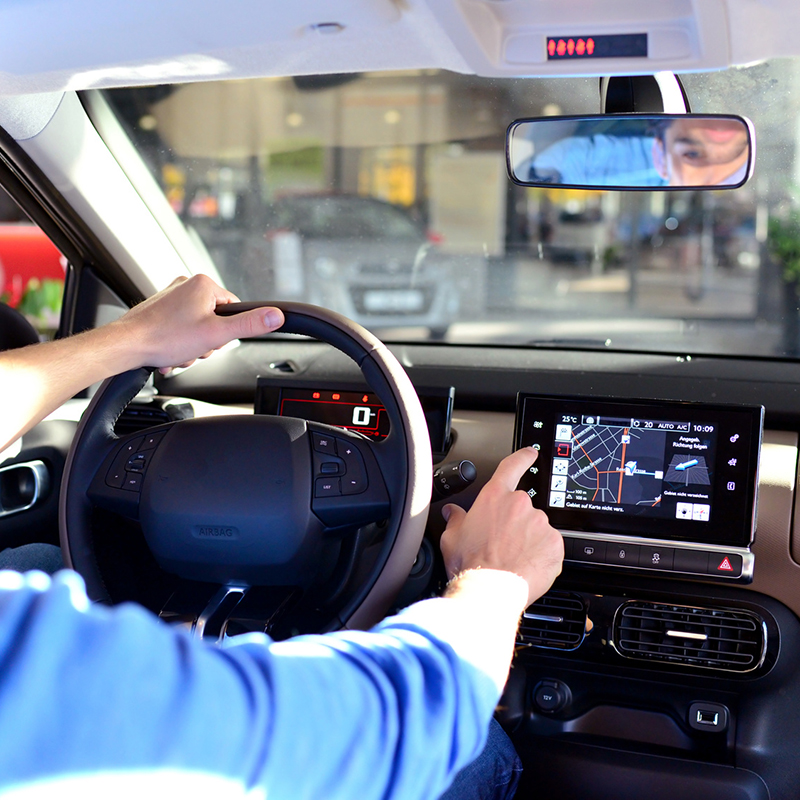Better steering control during braking, less wear on the tires, and greater driving safety: what is known today as the anti-lock braking system (ABS) and is featured as standard in cars was still a novelty 100 years ago. But the first efforts were already underway in the first half of the 20th century. In 1928, the designer Karl Wessel was granted a patent for a braking force regulator for cars – but he never managed to turn his idea into reality. Test drivers then tried out a blocking regulator in 1941. But this invention too failed to make the breakthrough: the “Automobiltechnische Handbuch” (Automotive Engineering Handbook) stated at the time that it “only led to moderate success.”
These early experiments, however, provided important insights: a functioning ABS requires sensors that measure the rotation at each front wheel; a control unit must register these sensor measurements, compare them, and correct any unallowed deviations; the brake pressure at each wheel must be regulated individually until the moment of locking.
Improved safety thanks to ABS
In 1970, Mercedes-Benz unveiled the first ABS generation for cars, trucks, and buses at the test track in Untertürkheim. But it was another eight years before it was ready for series production. With the help of integrated circuits, it became possible to build robust, small computers that could collect data from the sensors and regulate the brake pressure in no time at all. Development partner Bosch supplied Mercedes-Benz with the first fully digital control unit for this purpose.
The two companies then presented the first second-generation ABS to the press in Untertürkheim in 1978. From December of the same year, customers could opt to have ABS fitted in their Mercedes-Benz S-Class, at an additional cost of 2,217.60 deutschmarks. Later, the carmaker equipped its commercial vehicles, trucks, and racing cars with ABS.
(Image: Stephane Bonnel – AdobeStock)





